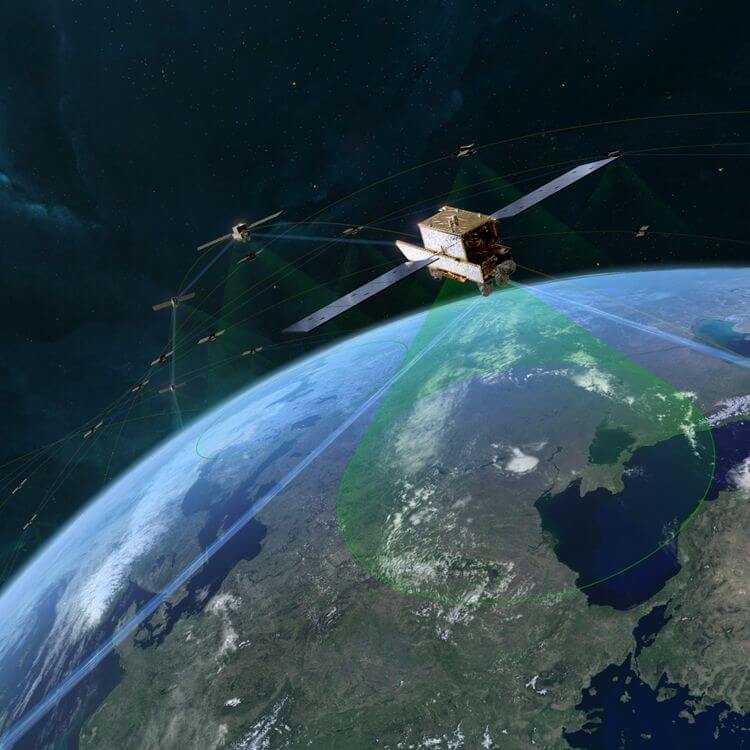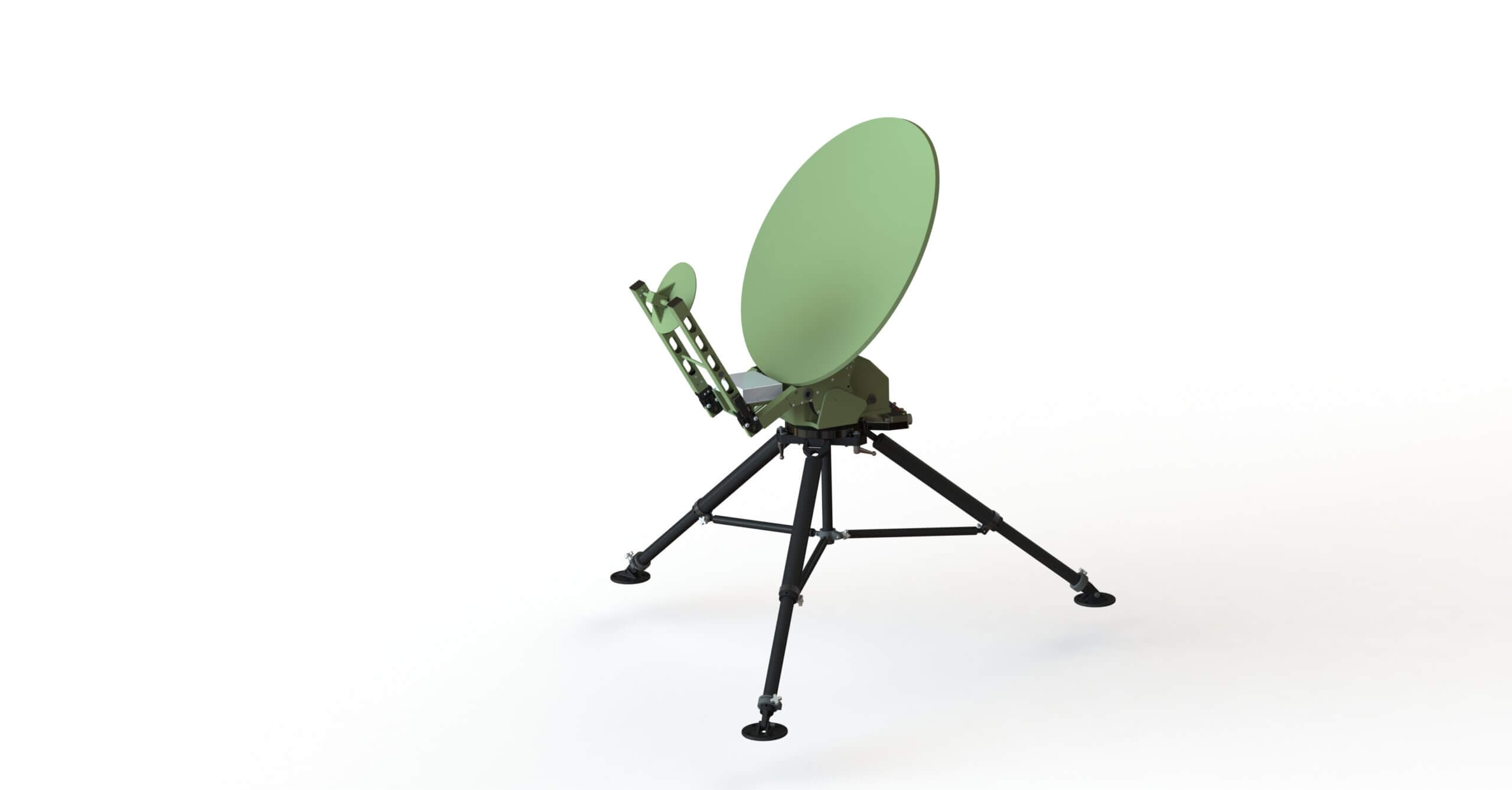
Armada’s monthly roundup of all the latest news in the military communications product, programme and operational domains.
Band aid
Thales expects to have prototypes of a new Active Electronically Scanned Array (AESA) Satellite Communications (SATCOM) antenna it is developing available in early 2024, the company told Armada. Thales is developing the SATCOM antenna with SWISSto12. Thales continued, via a written statement, that it will provide the integrated Radio Frequency (RF) front end for the antenna. SWISSto12 will provide miniaturised horns and beam-forming integrated components. The antenna will work with Ka-band (26.5 gigahertz/GHz to 40GHz uplink/18GHz to 20GHz downlink) modems and can be used for sea, land and airborne applications. Demonstrations will commence once the prototypes are developed. Thales anticipates taking orders for the antenna after these demonstrations are complete. Work is expected to begin on a Ku-band (14GHz uplink/10.9-12.75GHz downlink) version of the antenna by mid-2024, the company’s statement continued. Development of the Ku-band system is expected to take one year. Thales said that “one of the future performance improvements that we foresee for our AESAs is the possibility of combining transmit and receive capabilities in the same aperture or covering both Ku-band and Ka-band with the same AESA.”
Thinking about linking
The United States’ Space Development Agency (SDA) announced in late November 2023 that it had successfully demonstrated the entry of a space-based asset into an Earth-based Link-16 Tactical Datalink (TDL) network. Link-16 is a North Atlantic Treaty Organisation (NATO) TDL which uses frequencies of 960 megahertz/MHz to 1.215 gigahertz/GHz. The TDL is routinely used by NATO and allied nations to support air operations. The SDA claimed the experiment was the first time a space asset had entered a Link-16 network from Low Earth Orbit (LEO). LEO spacecraft typically orbit the Earth at altitudes below 1,243 nautical miles (2,000 kilometres). The experiment was performed using the SDA’s Tranche-0 Transport Layer satellites’ L-band (1.2GHz to 1.8GHz/1.67GHz to 1.71GHz) radio payload. The SDA said in its press release that Link-16 transmissions were sent to an undisclosed ground station in a Five Eyes country. Australia, Canada, New Zealand, the United Kingdom and the United States comprise the Five Eyes alliance. The experiment was performed as part of the SDA’s Proliferated Warfighter Space Architecture initiative. A spokesperson for the SDA told Armada that Link-16 testing with these Tranche-0 satellites is expected to continue into 2024. While the recent tests involved connecting space-based Link-16 terminals to a ground station, future tests are planned to be more ambitious. The spokesperson said experiments could include connecting the satellites with airborne Link-16 terminals.
Terminal improvements
PathFinder Digital has been granted a patent by the United States’ Patent and Trademark Office for the company’s Multi-Orbit Dual Operation terminal, better known as MONDO. In a press release announcing the news, the company said the MONDO design combines a primary and secondary antenna with an electronically scanned array. This configuration enables the phased array antenna to be “used as the feed for the parabolic reflector when operating with a (GEO/Geostationary) satellite and as a standalone antenna when operating with a (LEO/Low Earth Orbit) or (MEO/Medium Earth Orbit) satellite.” MONDO can provide a traditional antenna for GEO satellites and an electronically scanned array for LEO/MEO spacecraft. Roger McGarrahan, PathFinder Digital’s chief executive officer, told Armada that the final design of the MONDO terminal should be completed by late next year. He added that MONDO was developed in response to a United States’ Department of Defence requirement for a satellite communications terminal “design that could operate on multiple bands.” MONDO terminals can use Ku-band (14 gigahertz/GHz uplink/10.9GHz to 12.75GHz downlink) and Ka-band (26.5GHz to 40GHz uplink/18GHz to 20GHz downlink) frequencies. Mr. McGarrahan says that individual MONDO terminals using Ku-band and Ka-band frequencies will be available once antenna manufacturers start suppling combined Ku-/Ka-band electronically scanned arrays.

by Dr. Thomas Withington












